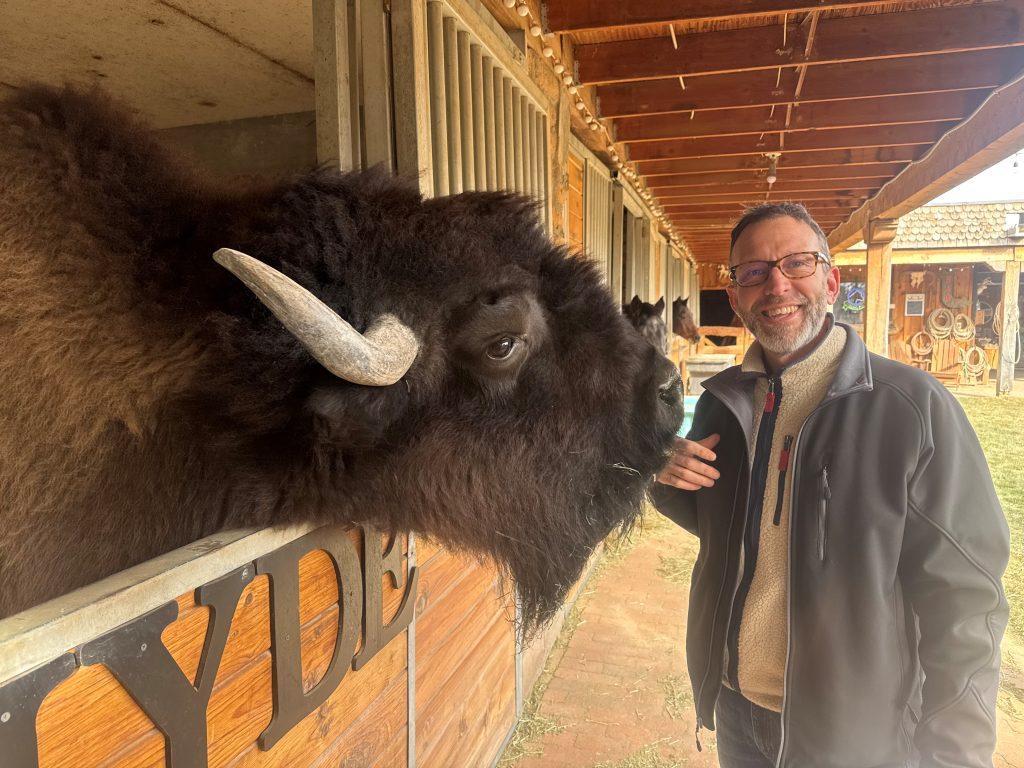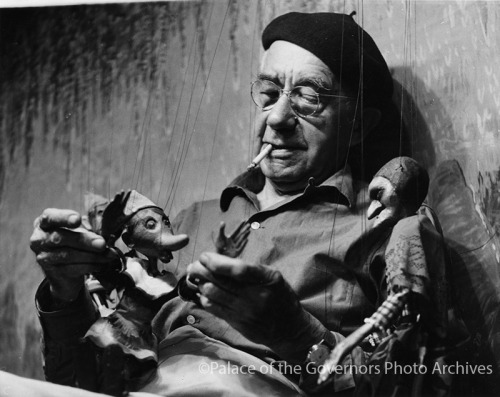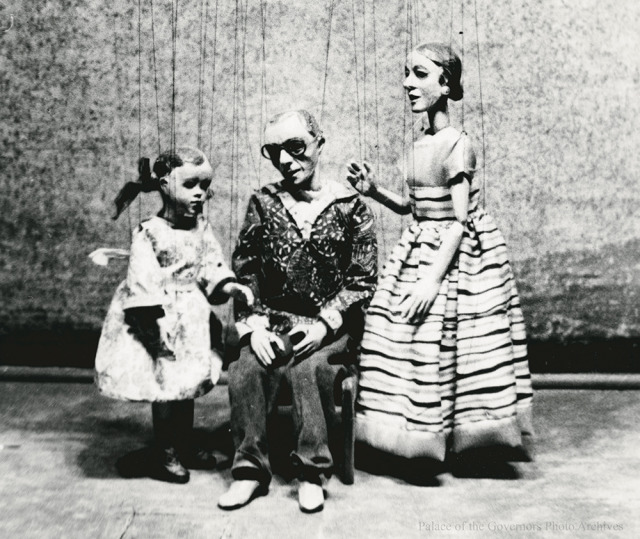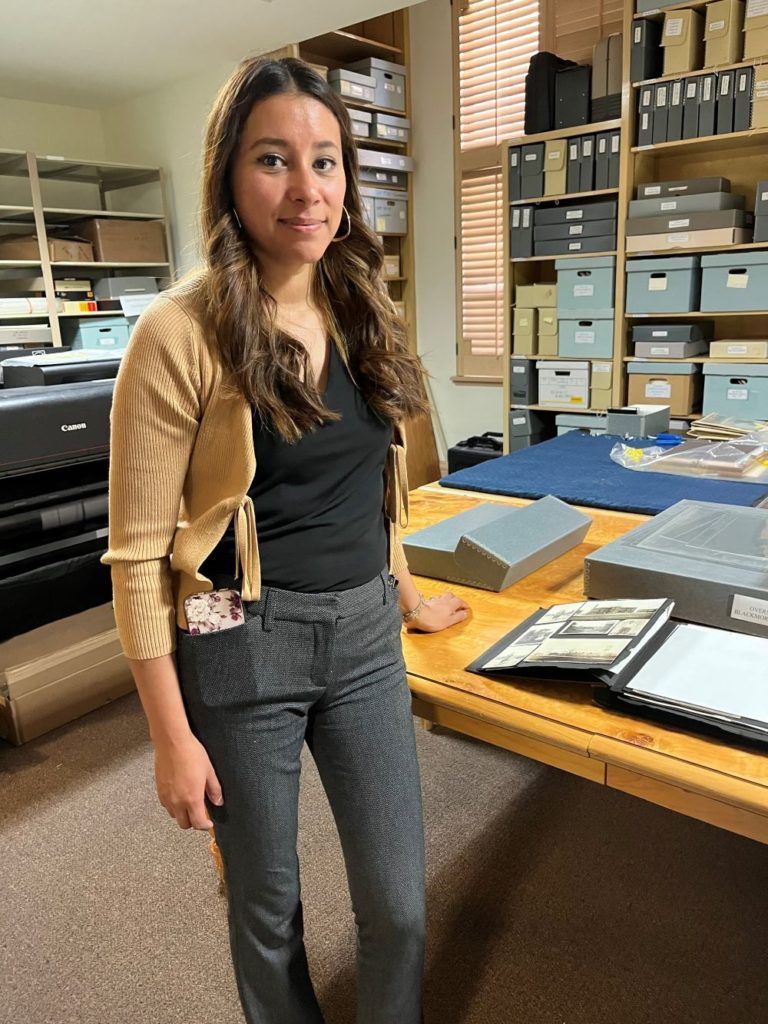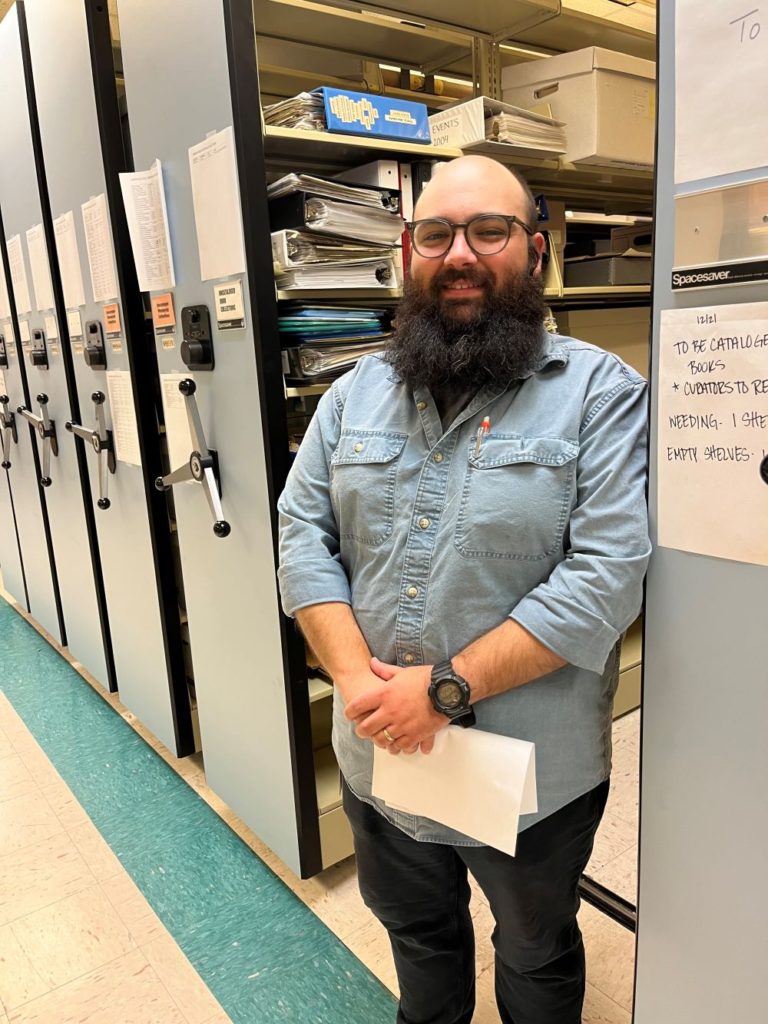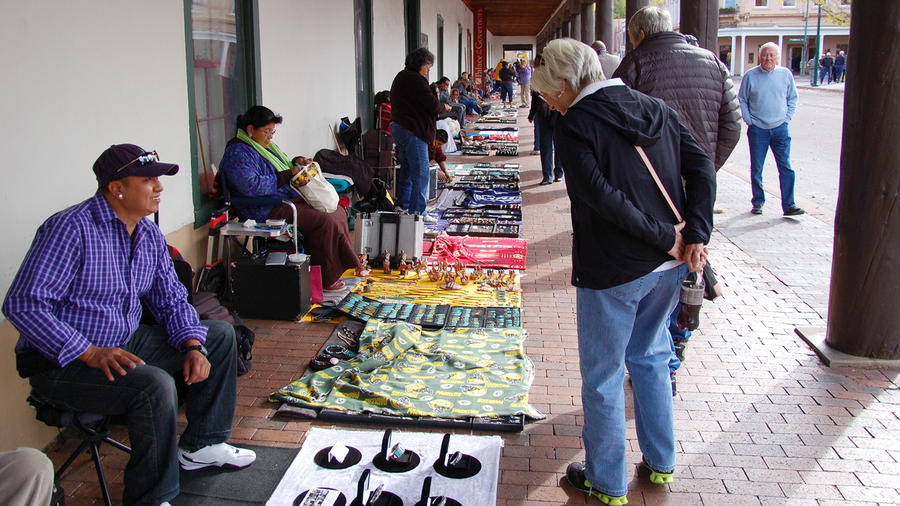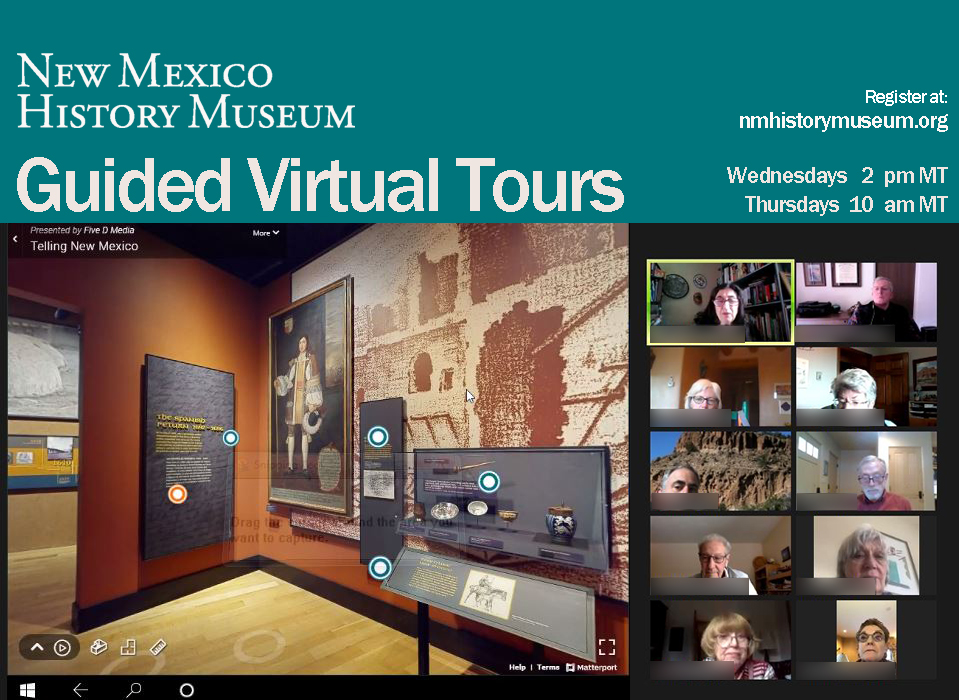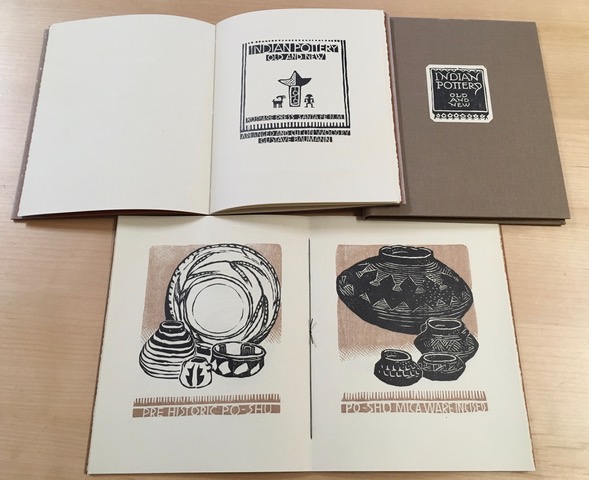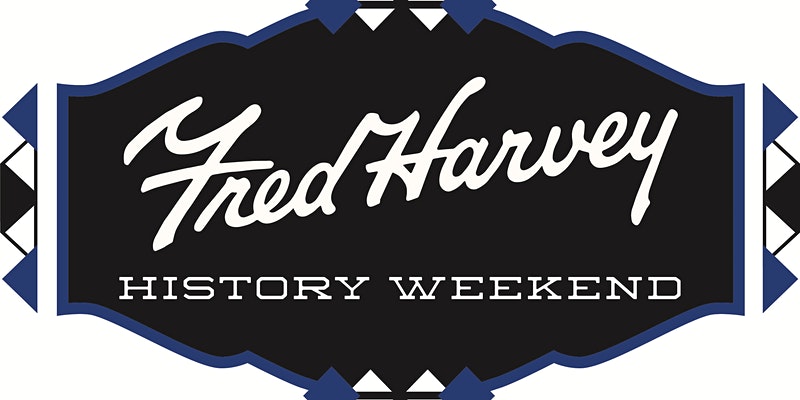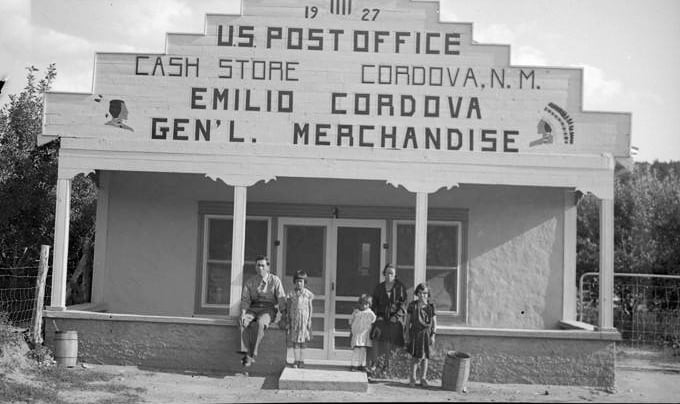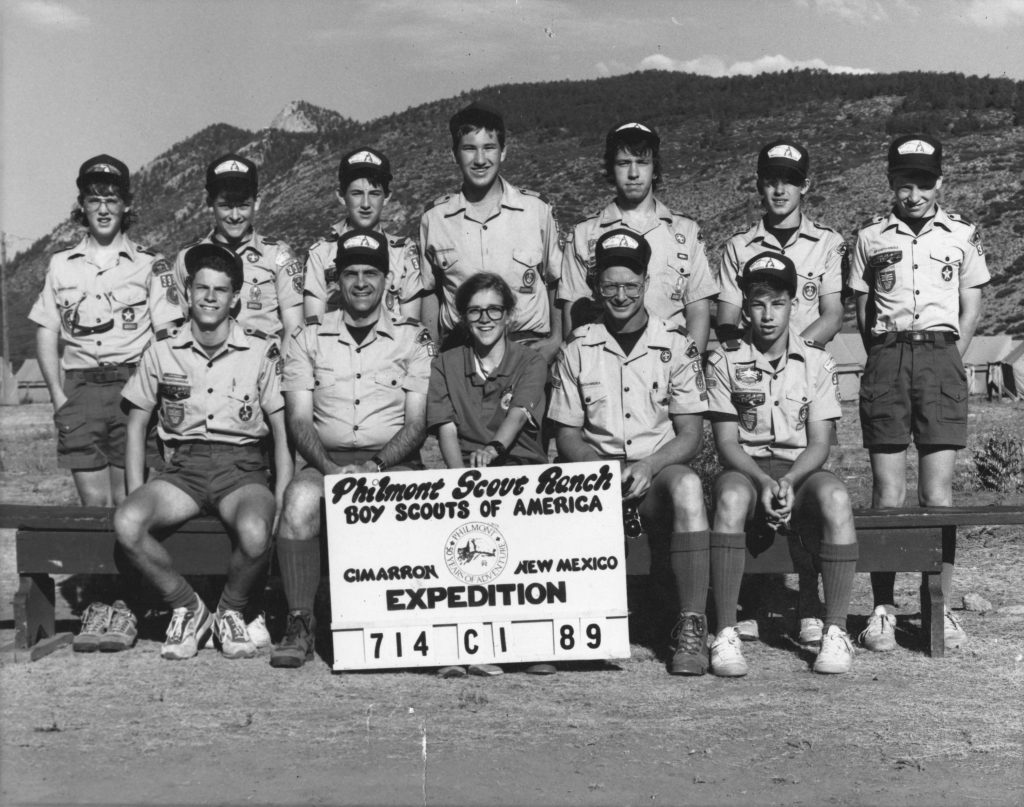
My first memory of New Mexico is from a trip to Philmont Scout Ranch when I was 17 years old. I rode the train from Michigan to attend a week-long high adventure backpacking trip, where I encountered bears and rattlesnakes. My experience on that trip created a positive, lasting memory and is a part of my personal story.
How do you define memories? Maybe as recollections or ideas of the past? Something that happened to you, or something you heard from others? A remembered experience, interesting factoid, or emotional response? Or all the above? Memories are often ethereal in quality and our own labeling as “good” or “bad” may change and evolve through time. The memories we carry form the basis of our personal histories and shape our views about the world and our place in it. Therefore, it makes sense to share and discuss memories in a museum, since we’re filled with them. Hopefully the museum is fertile ground to create new ones too.
I’m interested in the people-centered work of building community, so I plan to keep these ideas in mind while exploring the diverse stories from New Mexico. I’m new here, and I’m curious to soak up the stories of my new home. This blog is a forum to share behind-the-scenes research, conversations, and interesting and memorable content. It’ll be informal with links from around the state that celebrate all things New Mexico. I plan to learn from you, too, and welcome your ideas and resources.
My name is Mark and I’m the new Curator of Southwest Memories. I want to hear your memories from the Land of Enchantment, and I look forward to sharing the unique and fascinating stories I learn with you.
Cheers,
Mark Dodge, Curator of Southwest Memories, Mark.Dodge@dca.nm.gov.
